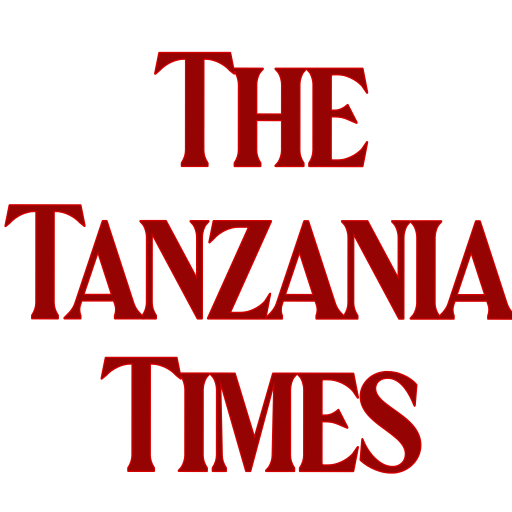Tanzania inflation rate scales up to 4.9 percent. Still the lowest in the Eastern Africa Region
Tanzania’s annual inflation rate rose up to 4.9 percent in January 2023, from the 4.8 percent recorded in the prior month of December 2022.
The January 2023 inflation rate for Tanzania is said to be the highest in five years, with the exception of November 2022.
But compared to other countries in Africa, the inflation rate for Tanzania remains on the lowest side
Inflation rate for Kenya is 9.0 percent, Uganda 10.4 percent and Rwanda 21.6 percent
In Nigeria the inflation rate clocks at 21.3 percent; Ghana’s inflation rate stands at 54.1 percent, Sudan (88.8 percent) and Zimbabwe 244 percent.

Tanzania, despite recording the highest inflation in five years, has the lowest in East and Central Africa.
Prices in the country continued to climb mostly for food and non-alcoholic beverages (9.9 percent versus 9.7 percent in December) as well as transportation (6.2 percent versus 5.1 percent).
According to the National Bureau of Statistics (NBS), additional upward pressure came from
Education services (2.9 percent versus 0.7 percent in previous month).
Restaurants and hotels (2.8 percent versus 2.7 percent)
Clothing and footwear (2.5 percent versus 2.6 percent)
Furnishings and household equipment (3 percent versus 3.7percent)
On a monthly basis, consumer prices inched up by 0.7 percent, after increasing by 0.8 percent in the previous month.
In Tanzania, the National Consumer Price Index (NCPI) measures the change over time in the cost of a fixed basket of goods and services that are purchased by a representative sample of households.
The index weights are based on expenditures of both urban and rural households in the 25 geographic regions.
The most important categories in the National Consumer Price Index are:
Food and Non-alcoholic Beverages (28 percent total weight);
Housing, Water, Electricity, Gas and Other Fuel (15 percent);
Transport (14 percent);
Clothing and Footwear (11 percent);
Furnishing, Housing Equipment and Routine Maintenance of the House (8 percent)
The index also includes
Restaurants and Hotels (7 percent),
Communications (5 percent),
Health (3 percent),
Miscellaneous Goods and Services (2 percent),
Education (2 percent),
Alcoholic Beverages and Tobacco (2 percent) as well as Recreation and Culture (2 percent).


